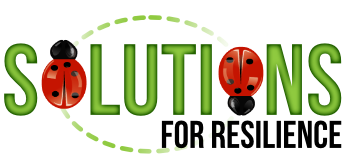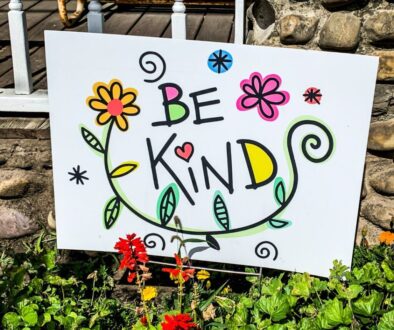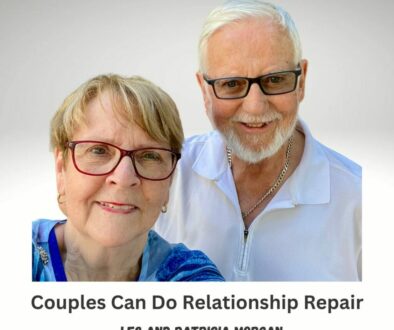The World of the Introvert and Extrovert Cheat Sheet
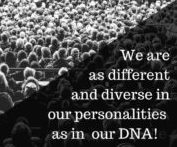
It is a given that humans all have flesh, hearts, and brains. However, we are as different and diverse in our personalities as in our DNA. Sometimes it can be helpful to cluster those personalities into tendencies for the benefit of understanding and improved interaction. I have found knowing the difference between an introverted and extroverted preference helpful with family, friends, and clients.
Each of us is unique. At the same time, we are more like some people and less like others. American poet and writer, Archibald MacLeish reflected, “People are not made by themselves or by anyone else: they are released to be what they always were but had never known they were.”
One day I said, “I wonder what the couch would look like by the that wall?” My hubby, Leslie, began moving furniture. “Stop!” I yelled. “It was just a thought.” With an extroverted personality, I often talk to hear what I think. Leslie, with an introverted preference, thinks and then thinks some more before he would make such a statement. He assumed my thoughts were thoroughly considered. Wrong!
The Psychiatrist, Carl Jung clustered personalities on a preference scale by HOW WE ACCESS ENERGY — introversion (internally) to extroversion (externally). Those, like my hubby, prefer introversion with more alone time. I prefer extroversion with more people interactions.
Les and I had a wonderful conversation which resulted in the two info-graphics you see below.
How to Engage some People with an Introverted Preference
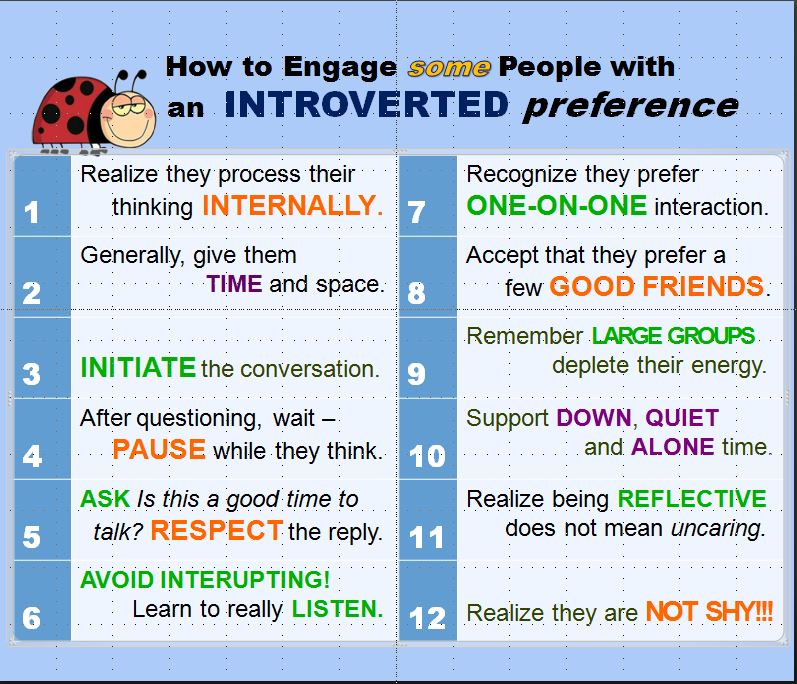
How to Engage some People with an Extroverted Preference
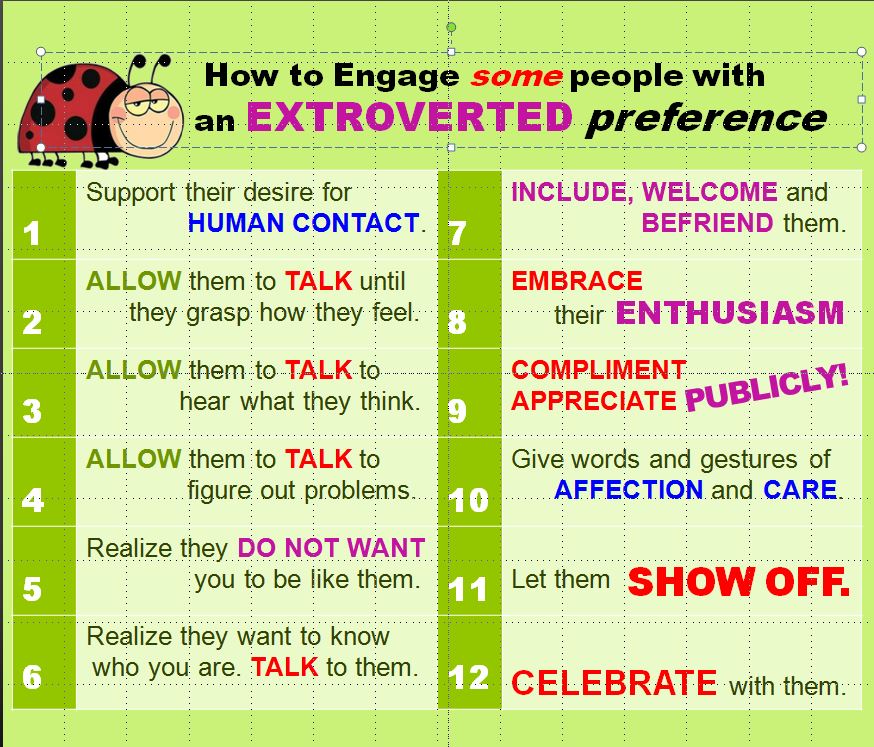
Facebook Dialogue
After posting these info-graphics on Facebook, friend Harley Packer sent me this note:
Although caring in nature and demonstrating good intention, this still sounds patronizing to me. Is it possible to promote the qualities of the introvert as strengths rather than sources of potential conflict? How about a list of famous people who are introverts? And on a deeper philosophical level, is introversion/extroversion a “preference” or an “orientation” (nurture or nature)?
My reply:
Well Harley, you hit the nail on the head! Thank you!
Both of the info-graphics my husband, Les and I made, do address areas of potential conflict between those with introverted and extroverted preferences. Les has a significant leaning towards introversion and me raving extroversion. We had great discussions this weekend recalling how in our 47 years of marriage not knowing our differences caused a lot of friction and how we now better manage those differences.
I do not believe that either is more by nurture (swayed by parenting and culture) but more by nature (innate). Growing up, people around me thought I was a quiet, introverted child. Not so! My behavior was not nurtured, but enforced. My environment was not a safe one to demonstrate enthusiastic connection and talkativeness. Is that a word? Anyway, once I left home, married my dear Leslie, the extroverted tendencies poured out. When I took my certification in the The Myers-Briggs Type Indicator, what I had previously noticed about myself, was validated. Yea!
I do like your idea and feel inspired to create, as you suggest, an info-graphic that celebrates the qualities of introversion and extroversion.
Tada! A Celebration of Those with Introverted and Extroverted Preferences
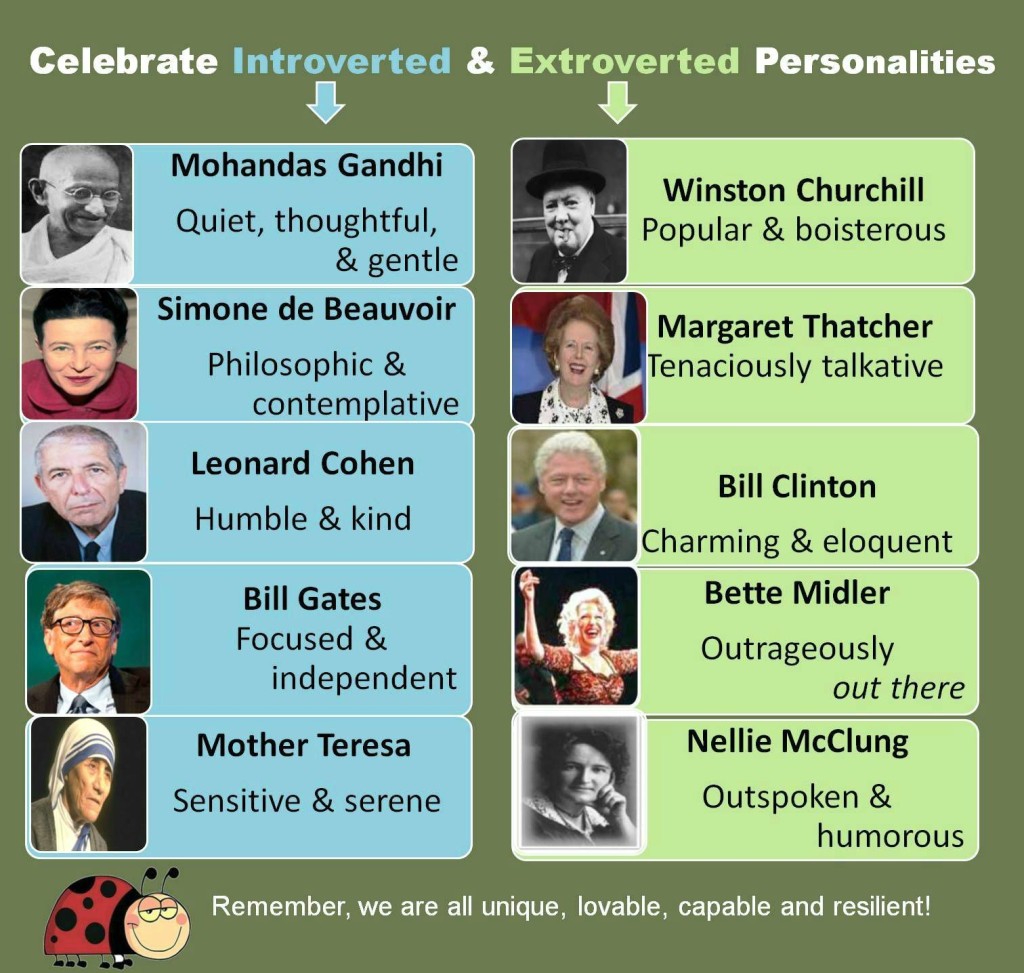
Here is a video that explores different ways to identify our personality including the Myers/Briggs Indicator, including an exploration of extroversion and introversion at the 12.37-minute mark.
Discover as much as you can about yourself. Understand the dynamics of preferences from an introvert and extrovert perspective. Honor both of them for yourself and others.
Please check out these related posts:
- Why You Need to Understand Personality Differences
- Discover Your Strengths: Amaze the World with Your Best Three
Related Books include:
- Please Understand Me: Character and Temperament Types David Keirsey and Marilyn Bates
- Gifts Differing: Understanding Personality Type by Isabel Briggs Myers and Peter B. Myers
![]()
